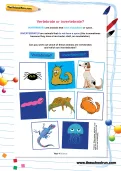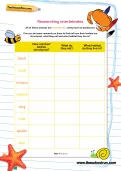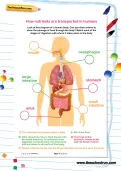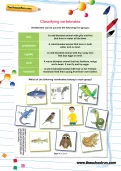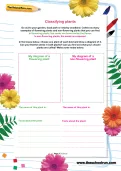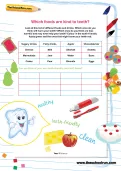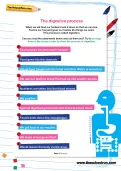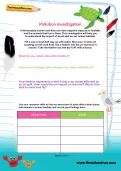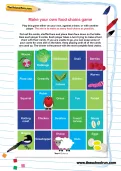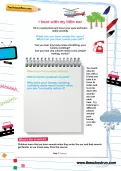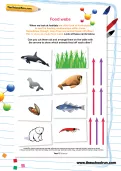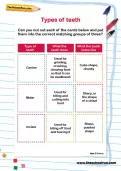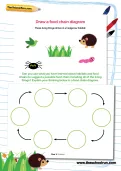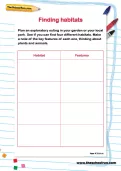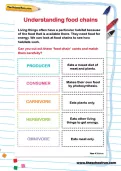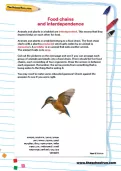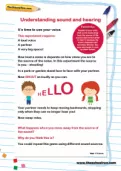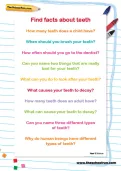Can you identify which of these are vertebrate and which are invertebrates?
or
Register to add to your saved resources
Already a subscriber? to view this content.
All of these animals are invertebrates (they have no backbone). Can you do some research on them to find out how their bodies are structured, what they eat and what habitat they live in?
or
Register to add to your saved resources
Already a subscriber? to view this content.
Look at this diagram of a human body. Can you draw arrows to show the passage of food through the body? Match each of the stages of digestion with where it takes place in the body.
or
Register to add to your saved resources
Already a subscriber? to view this content.
There are five groups of vertebrates. Which of the following vertebrates belong to each group?
or
Register to add to your saved resources
Already a subscriber? to view this content.
Go out to your garden, local park or nearby woodland. Collect as many examples of flowering plants and non-flowering plants that you can find. Then choose one plant of each kind and draw a diagram of it.
Can you find the seeds in both plants? Can you find out what your chosen plants are called?
or
Register to add to your saved resources
Already a subscriber? to view this content.
Look at this list of different foods and drinks. Which ones do you think will harm your teeth? Which ones do you think are less harmful and may even help your teeth? Colour in the tooth-friendly foods green and the ones that might harm your teeth red.
or
Register to add to your saved resources
Already a subscriber? to view this content.
When we eat food our bodies break it down so that we can live. Food is our fuel and gives our bodies the things we need. This process is called digestion. Can you read the statements below and cut them out? Try to arrange them in the correct order to show the process of digestion.
or
Register to add to your saved resources
Already a subscriber? to view this content.
Unfortunately human activities can have negative impacts on habitats and the animals that live in them. This investigation will help you to understand the impact of an oil spill on our ocean habitats.
or
Register to add to your saved resources
Already a subscriber? to view this content.
The aim of this game is to make as many food chains as possible.
or
Register to add to your saved resources
Sit in a quiet place and close your eyes and listen really carefully. What can you hear inside the room? What can you hear inside yourself? Record the sounds you hear.
or
Register to add to your saved resources
When we look at habitats we often look at food chains to see the feeding relationships within them. Sometimes, though, more than one animal feeds off others. This is when we make food webs. Look at these cards. Can you cut them out and arrange them on the table with the arrows to show which animals feed off each other?
or
Register to add to your saved resources
Human adults have up to 32 permanent teeth, which start to emerge when we are about 6 years old. Most people have all their adult teeth (apart from wisdom teeth) in place by the age of 12. Can you label this diagram of the different kinds of teeth?
or
Register to add to your saved resources
Already a subscriber? to view this content.
A cut-out and stick activity that will help your child to think about different types of teeth, how they are shaped and what they do.
or
Register to add to your saved resources
A worksheet to prompt your child to use their knowledge of food chains to make their own chain with the given organisms.
or
Register to add to your saved resources
An activity to encourage your child to go outside and look for habitats, then record the features they find.
or
Register to add to your saved resources
Already a subscriber? to view this content.
Vocabulary related to food chains for children to cut out and then match to the correct definitions.
or
Register to add to your saved resources
A cut out and stick activity that encourages children to think about which animals eat which plants and animals. They need to arrange these into food chains with arrows pointing the correct way.
or
Register to add to your saved resources
Already a subscriber? to view this content.
Your child will have tons of fun doing this experiment whilst learning all about sound and hearing.
or
Register to add to your saved resources
A worksheet listing questions for children to research about teeth.
or
Register to add to your saved resources
